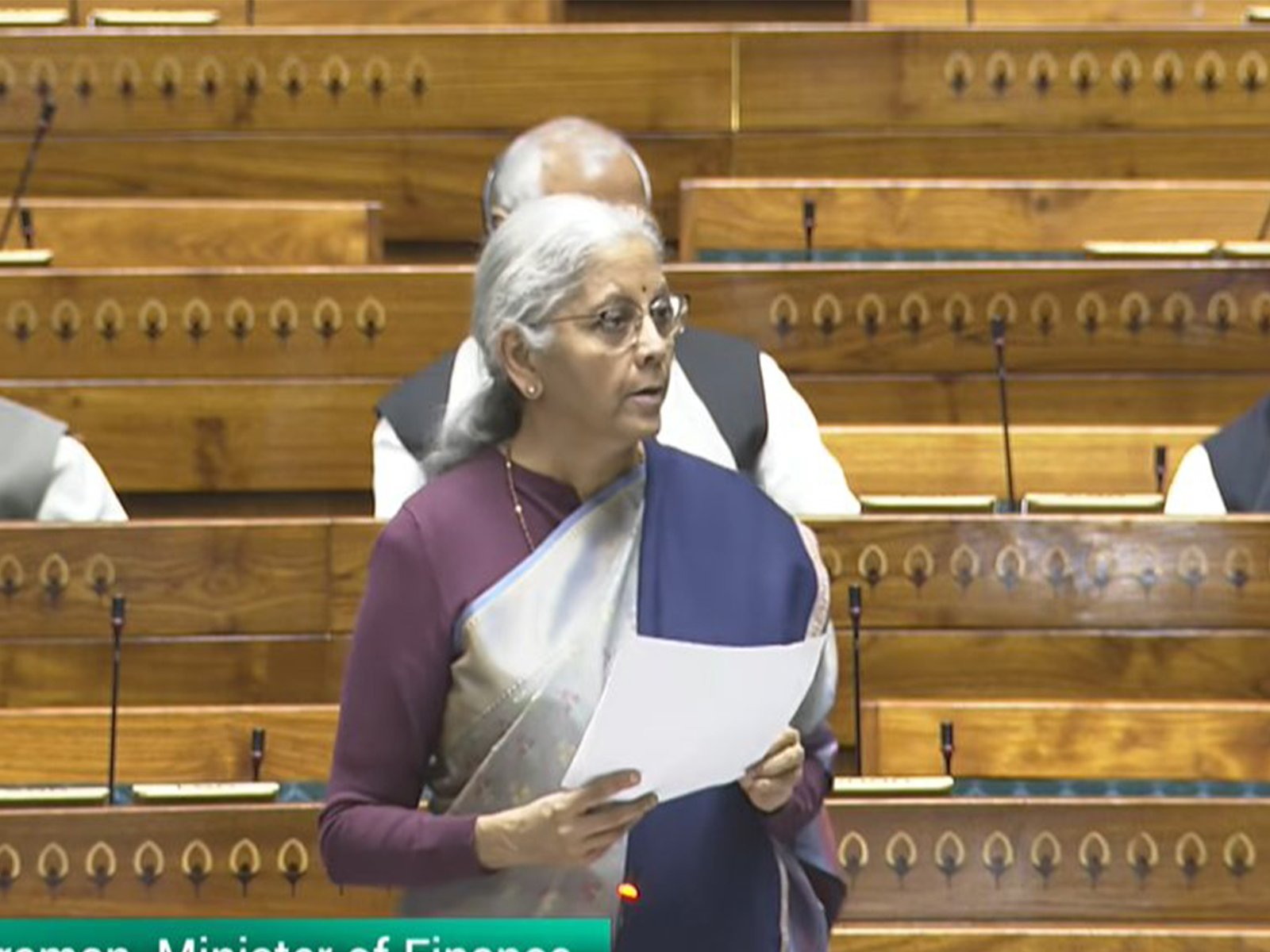Context
- The Employees’ Provident Fund Organisation (EPFO) has observed a worrying trend of frequent and premature withdrawals by its members.
- This pattern is depleting what is meant to be their retirement savings, prompting EPFO to propose reforms in withdrawal norms, including a minimum balance rule and restructuring of withdrawal categories.
Background
- The Employees’ Provident Fund (EPF) is India’s main retirement savings scheme for organised-sector employees.
- Contributions are made by both employer and employee, and funds can be withdrawn partially (for emergencies) or fully (on retirement/unemployment).
- The EPF is complemented by the Employees’ Pension Scheme (EPS) — which provides pension benefits after a minimum of 10 years of service.
- However, increasing instances of premature withdrawals are eroding the long-term purpose of these funds.
Key Findings
- Low Corpus at Final Settlement
- Around 50% of members have less than ₹20,000 at final settlement.
- 75% have less than ₹50,000, and 87% less than ₹1 lakh, far below what is required for post-retirement security.
- High Premature Withdrawal Frequency
- 95% of final settlements are made just after two months of unemployment.
- Nearly half of these members later rejoin EPFO, showing withdrawals are made even for short-term gaps.
- Income Profile of Members
- Over 65% of EPFO members earn ₹15,000/month or less, the statutory wage ceiling for mandatory PF coverage.
- Indicates that the majority are low-income formal workers, with limited saving capacity.
- Partial Withdrawals Rising
- Illness-related claims rose 55% in one year (2023–24 to 2024–25).
- Around 58% of members withdrew multiple times for illness; 25% withdrew four times.
- Housing and special circumstance withdrawals have also steadily increased.
Issues Highlighted
- Depletion of Retirement Corpus: Frequent withdrawals reduce the compounding benefit, leaving workers with inadequate savings at retirement.
- Break in Membership: Premature full withdrawals create a break in EPF continuity, which:
- Reduces pension benefits under EPS.
- May cause ineligibility for family pension in case of death.
- Weakens the member’s long-term financial protection.
- Possible Misuse: Instances of members falsely showing job exits to claim final settlement while continuing employment, reflecting administrative loopholes.
- Lack of Social Security Alternatives: Low-income workers rely on EPF funds for emergencies due to weak social safety nets and unstable job markets.
EPFO’s Recent Reforms
| Reform | Details | Purpose |
| Minimum Balance Rule | Members must maintain 25% of PF corpus for retirement | Preserve a basic savings base |
| Withdrawal Categories Simplified | Reduced from 13 to 3 (Essential Needs (illness, education, marriage), Housing and Special Circumstances | Simplify and track fund usage |
| Liberalised Partial Withdrawals | Up to 10 times for education, 5 times for marriage | More flexibility for genuine needs |
| Unemployment Settlement Rule | Full withdrawal allowed after 12 months (earlier 2 months) | Discourage premature full settlements |
| Clarification by Labour Ministry | 75% amount can still be withdrawn after job loss; 25% retained | Address public concern over access |
Criticism and Public Reaction
- Critics, including MPs and opposition leaders, argue that the government is restricting access to workers’ own savings, especially for those facing job loss.
- EPFO clarified that the minimum balance rule applies only to 25% and the rest remains accessible.
- However, the debate highlights the tension between financial flexibility and retirement discipline.
Significance
- Social Protection Lens: Frequent withdrawals indicate economic vulnerability of workers and absence of strong safety nets for health, housing, and unemployment.
- Institutional Reform: EPFO’s changes aim to rebuild the retirement fund’s integrity, ensuring members do not retire without adequate savings.
- Financial Literacy and Inclusion: The issue underscores the need for awareness campaigns on the importance of long-term savings and pension continuity.
- Demographic Implication: With India’s ageing population projected to rise sharply by 2050, ensuring retirement security is critical to reduce future fiscal and social strain.
Relevance of the Issue
- Economic Dimension:
- Weakens long-term capital formation and domestic savings rate.
- Impacts the overall pension sustainability in the formal sector.
- Social Dimension:
- Workers risk financial insecurity in old age.
- Reflects job precarity and income stress in the labour market.
- Governance Dimension:
- Highlights need for administrative vigilance in monitoring false job exits.
- Calls for better policy alignment between EPFO, social security, and labour reforms.
Way Forward
- Strengthen Pension Continuity
- Encourage auto-transfer of PF on job change to prevent membership breaks.
- Link EPS benefits digitally for portability.
- Improve Financial Literacy
- Awareness Drives on power of compounding and pension planning.
- Introduce Micro-Safety Nets
- Low-interest loans for emergencies to reduce pressure for withdrawals.
- Integration with social security schemes like Ayushman Bharat or ESI.
- Enhance Employment Stability
- Formalise more workers through labour reforms and MSME support.
- Stable jobs reduce withdrawal dependence.
Conclusion
The EPFO was created to ensure retirement dignity, not short-term relief. While members withdraw due to real financial pressures, excessive and premature withdrawals defeat the fund’s core objective. Balancing immediate liquidity needs with long-term security is essential. Sustained reform, coupled with better awareness and social protection, can restore EPFO’s role as a true pillar of retirement security in India.
| Ensure IAS Mains Question Q. “Frequent withdrawals from the Employees’ Provident Fund reflect the deeper problem of financial insecurity among India’s formal workers.” Discuss in light of recent EPFO reforms and their implications for retirement planning. (250 words) |
| Ensure IAS Prelims Question Q. Consider the following statements about the Employees’ Provident Fund (EPF): 1. The EPF is mandatory for employees earning up to ₹15,000 per month. 2. Under the new EPFO rules, at least 25% of a member’s PF corpus must remain until retirement. 3. Members become eligible for pension under the Employees’ Pension Scheme (EPS) after completing 5 years of continuous service. Which of the statements given above is/are correct? a) 1 and 2 only b) 2 only c) 1 and 3 only d) 1, 2 and 3 Answer: a) 1 and 2 only Explanation: Statement 1 is correct: The Employees’ Provident Fund (EPF) is mandatory for employees earning up to ₹15,000 per month in establishments with 20 or more workers. Both the employer and employee contribute 12% of the employee’s basic salary plus dearness allowance to the fund. This rule ensures social security coverage for lower-income formal sector workers. Statement 2 is correct: As per the recent EPFO amendments (2025), members are required to maintain a minimum balance of 25% of their provident fund corpus until retirement. This reform aims to preserve long-term retirement savings and prevent full depletion due to frequent premature withdrawals. Statement 3 is incorrect: Under the Employees’ Pension Scheme (EPS), 1995, a member becomes eligible for pension benefits only after completing 10 years of pensionable service, not 5 years. If service is less than 10 years, the member can withdraw the pension contribution as a lump sum but does not qualify for monthly pension benefits. |
Also Read | |
| UPSC Foundation Course | UPSC Daily Current Affairs |
| UPSC Monthly Magazine | CSAT Foundation Course |
| Free MCQs for UPSC Prelims | UPSC Test Series |
| Best IAS Coaching in Delhi | Our Booklist |





